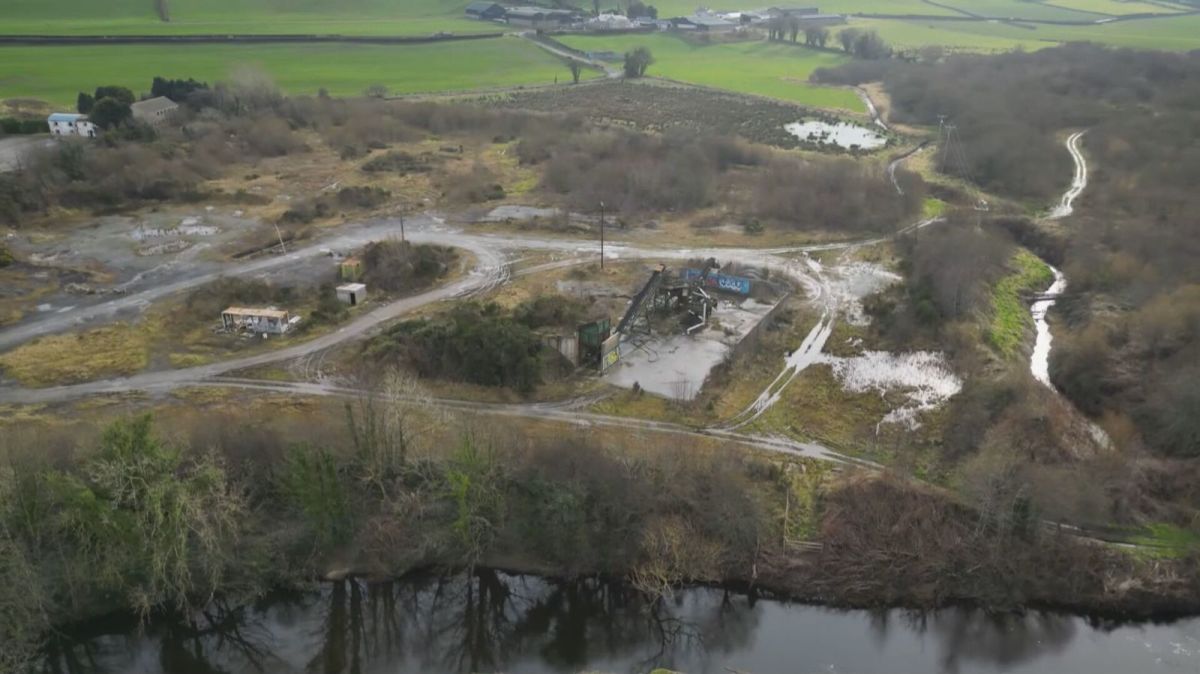Since the start of the year, nearly 100 algae sightings have been reported across the region, especially in Lough Neagh, the Lower Bann and Lough Erne.
Lough Neagh, the UK’s largest freshwater lake, has suffered from large algae blooms that have become a recurring problem, not just in summer but increasingly year-round. Scientists warn these blooms are likely to continue for many years.
The Northern Ireland Executive approved a plan last year to tackle the crisis, with the Department of Agriculture, Environment and Rural Affairs (DAERA) reporting that 14 actions have been completed and 22 are ongoing. Some trials, including “bubble buoys” that generate compressed air bubbles to push algae away, are underway, alongside satellite and drone monitoring to predict blooms.
Visited Lough Neagh on Friday to see how she’s faring… this is what I found at Toome canal, leading to the River Bann 👇#bluegreenalgae pic.twitter.com/FjTPMwWCsd
— Shauna Corr 🌍 (@ShaunaReports) August 13, 2025
Despite efforts, concerns remain. Fishermen have linked water quality issues to the cancellation of the eel-fishing season. Recently, church leaders visited Lough Neagh to meet local communities affected by the algae problem. Archbishop Eamon Martin described the lough as a “microcosm” of global environmental challenges.
Lough Neagh’s complexity adds to the challenge. Its vast catchment area, covering nearly ten times its surface, means pollution from agriculture, industry and household drains into it. The lake supplies 40% of Northern Ireland’s drinking water, including half of Belfast’s.
Long-term solutions include tackling nutrient runoff from farming through schemes like the Sustainable Utilisation of Livestock Slurry and Soil Nutrient Health Scheme, aiming to reduce phosphorus levels that feed blooms.
Minister Andrew Muir emphasises there are no quick fixes, as the problems have taken decades to develop and will require years to resolve. Meanwhile, ongoing monitoring and community engagement remain vital to protecting this important natural resource.















